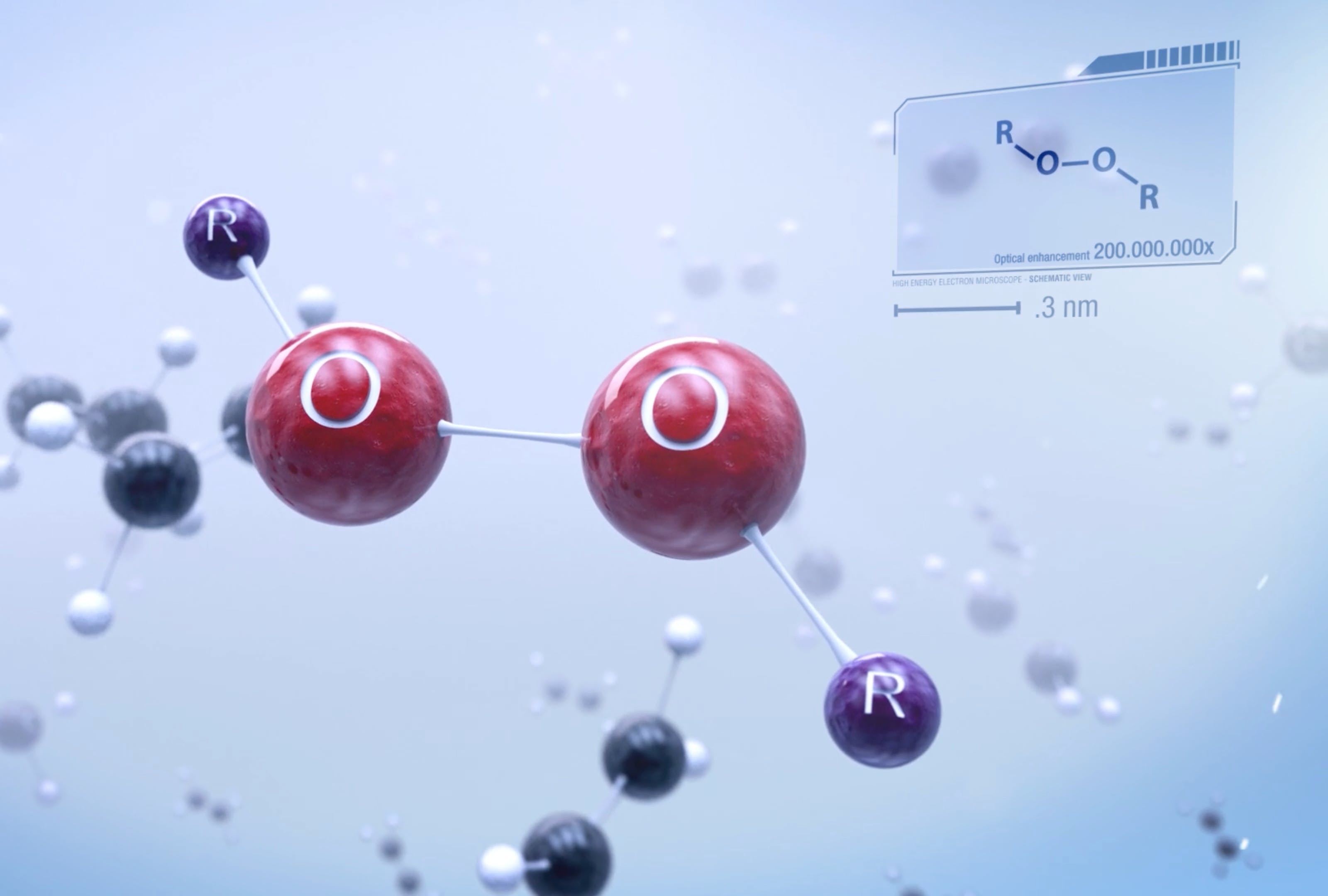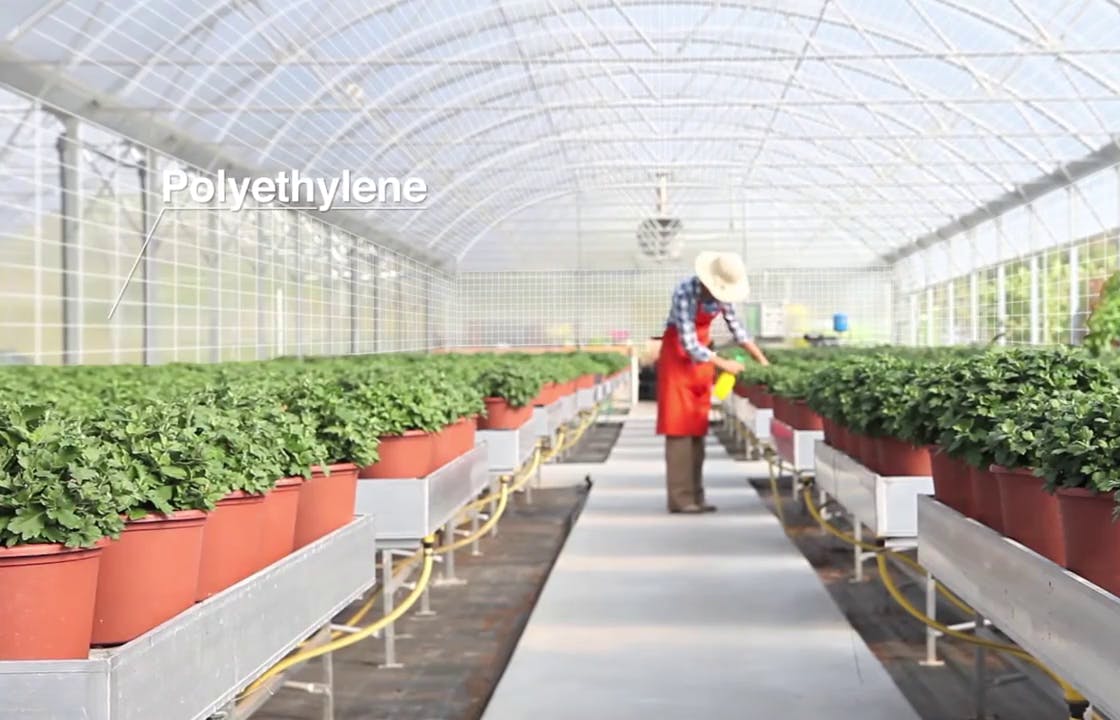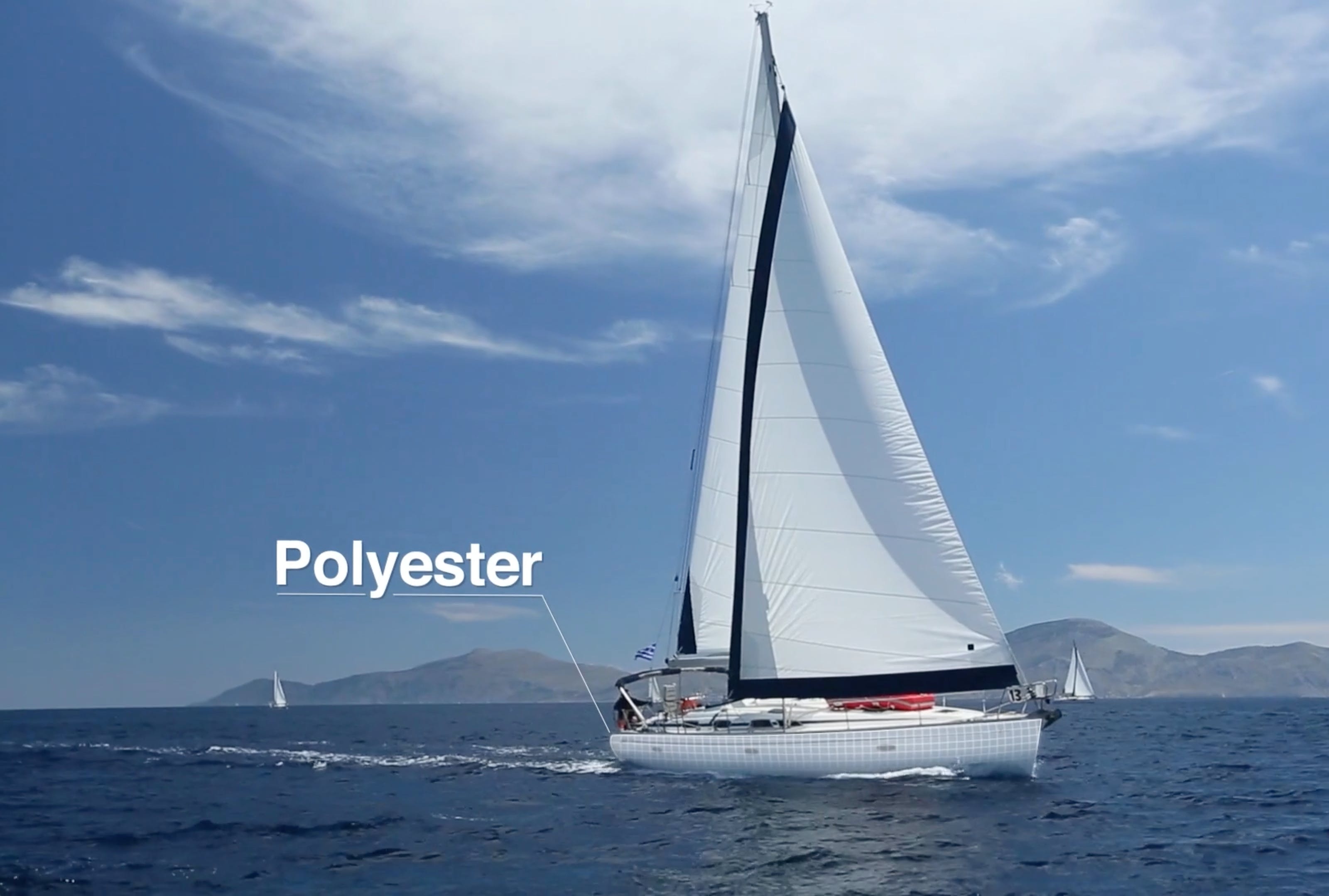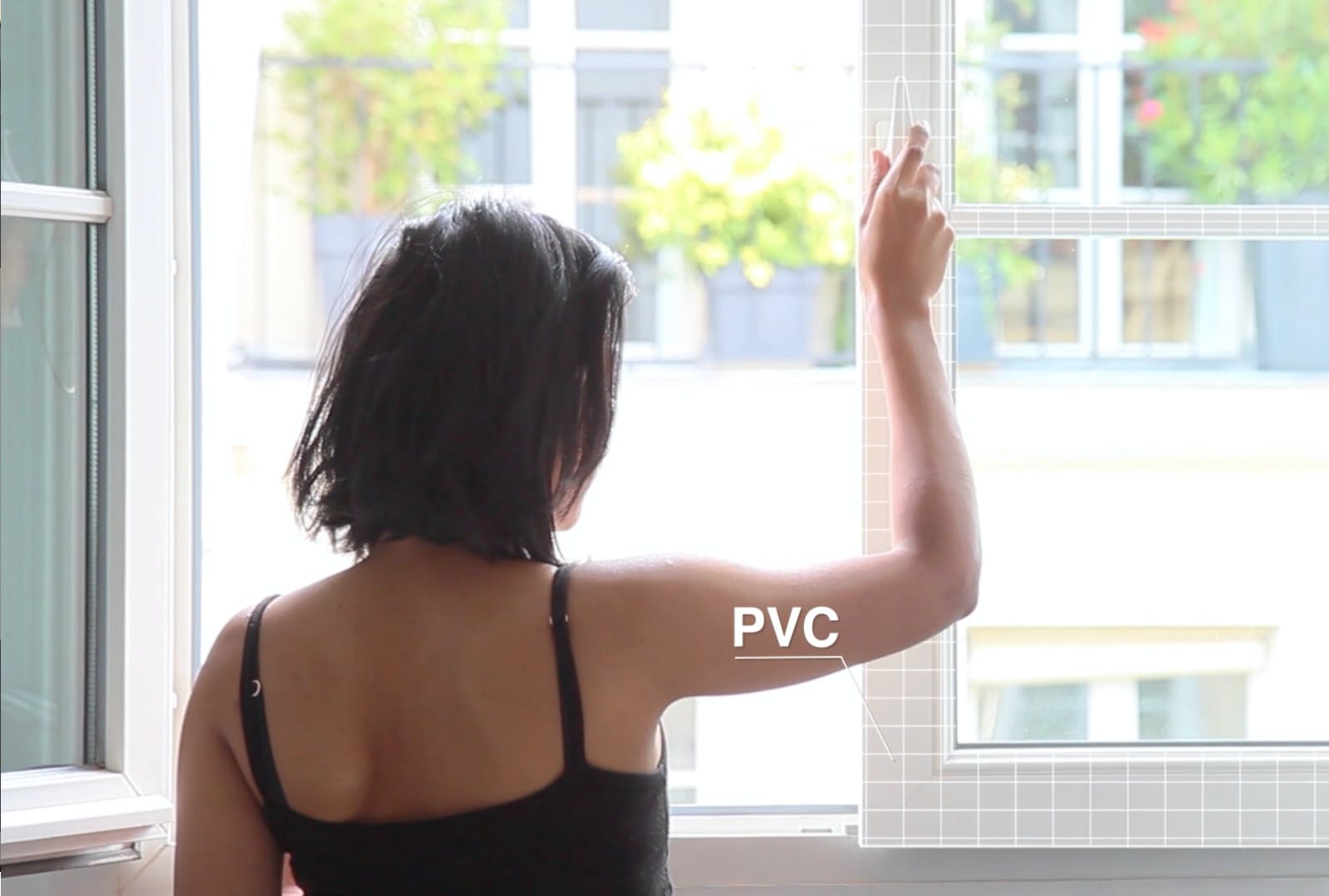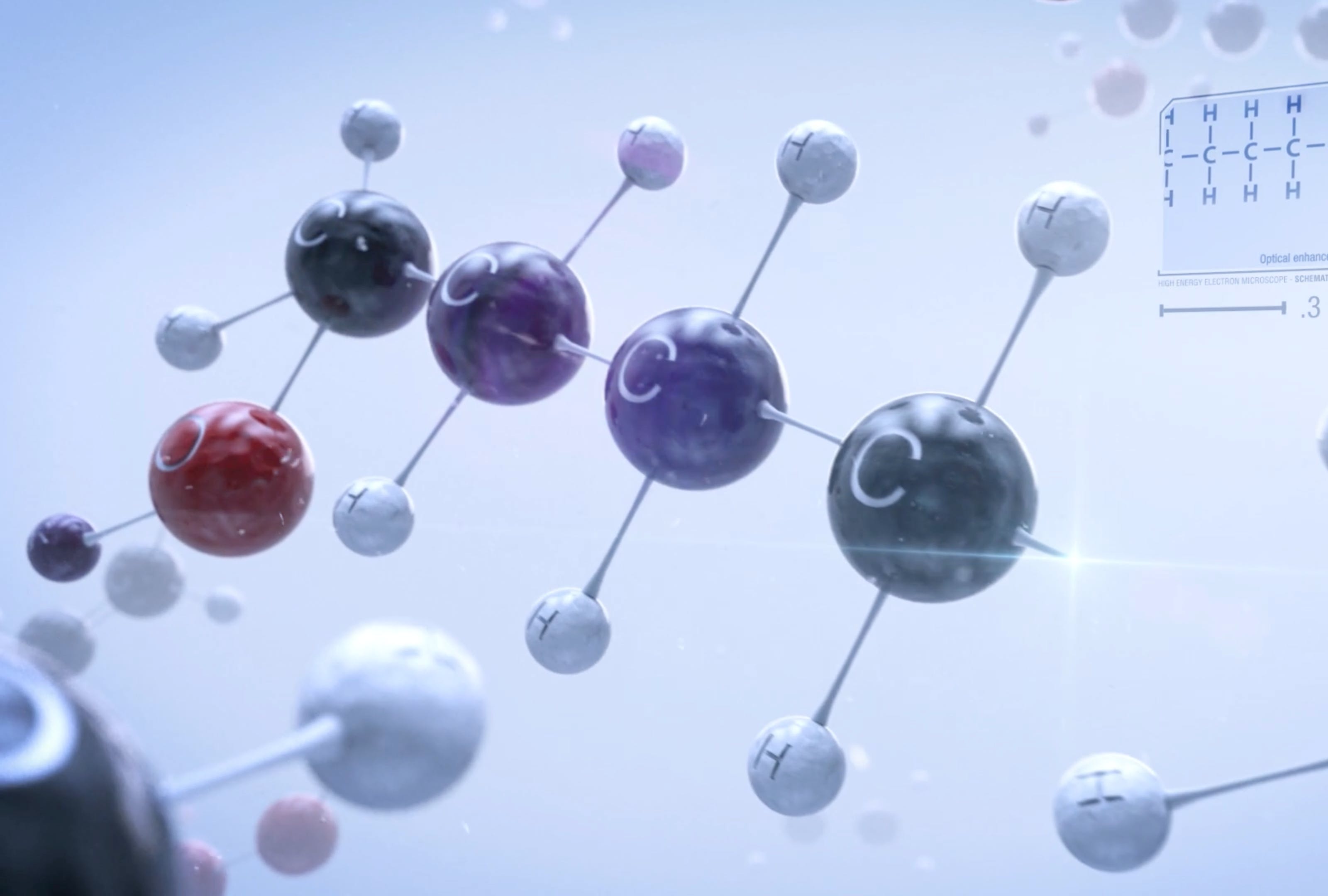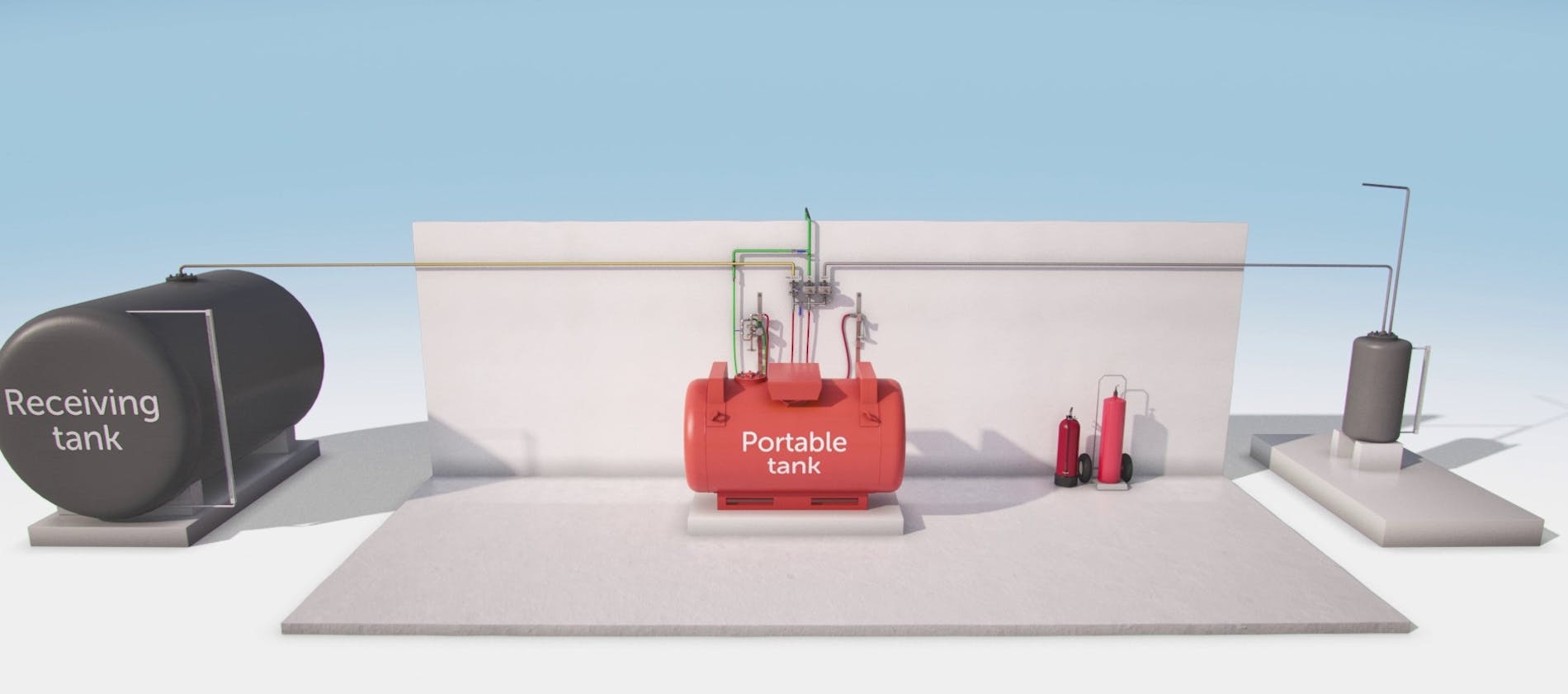Video animations help explain chemistry
You know how it goes: "Hey, what do you do for a living?" "Well, I work in the chemical industry for a company called AkzoNobel" "That's interesting! What kind of products do you make?" "We produce organic peroxides." "What?" "Organic peroxides." Yes..., uhh..."
Polymers, better known as plastics and rubbers are used in a lot of stuff that's around you. The shampoo bottles, shoe soles, drain pipes, cables, and many parts in cars and household equipment. Without organic peroxides a large part of these products would not even exist.
"Oh, that's interesting, I had no idea. But what are these peroxides doing then?"
And here comes the difficult part.
